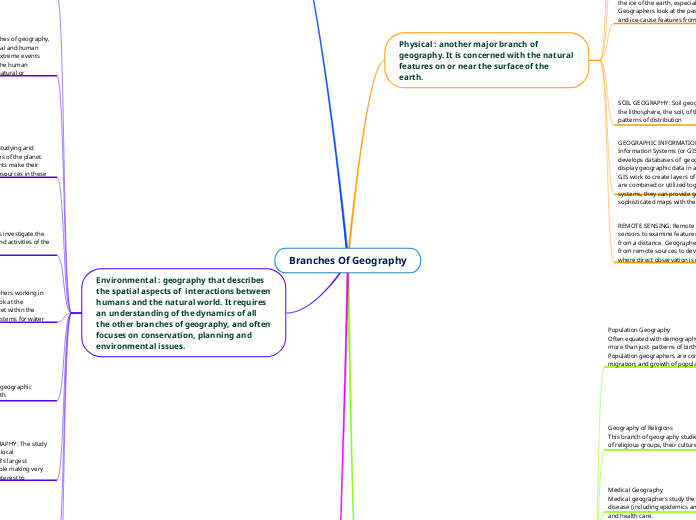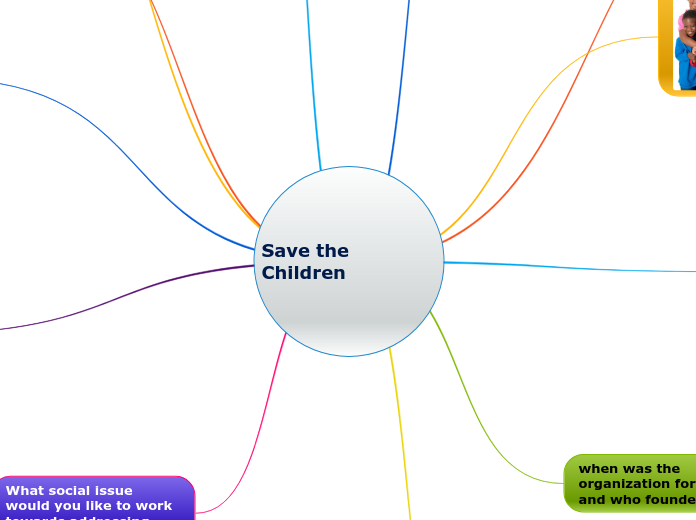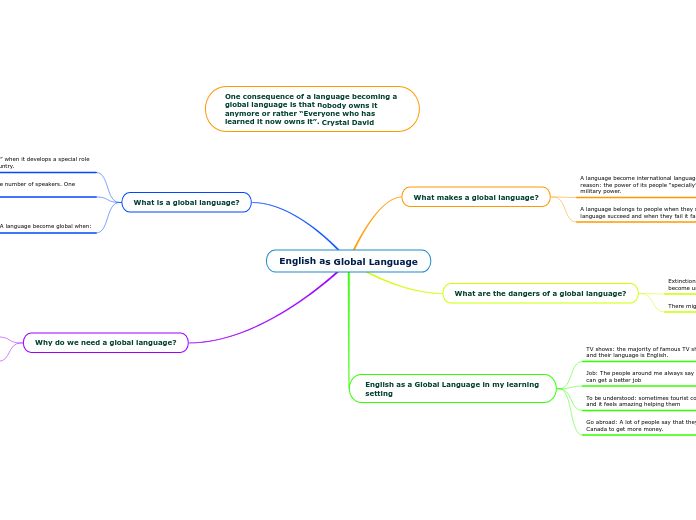a Marshall Anstey-Lim 1 éve
276
Branches Of Geography
Geography encompasses various branches that study both human interactions with the environment and natural phenomena. Environmental geography focuses on the spatial relationships between humans and the natural world, emphasizing conservation and planning.









